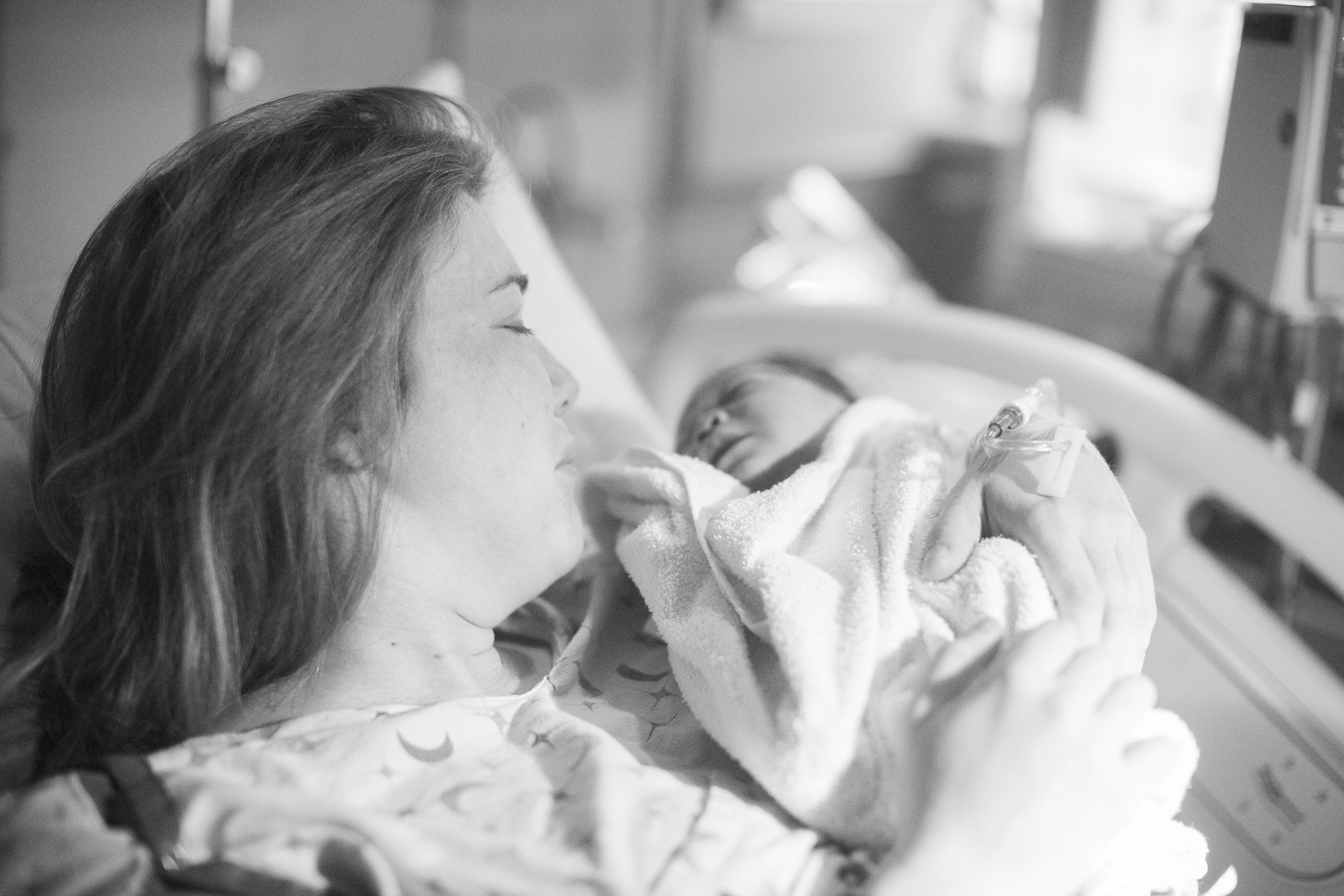Miscarriage questions answered
Approximately 20% of pregnancies will end in miscarriage. Some miscarriages happen so early in pregnancy, that a woman doesn't even realise that she has miscarried. Miscarriage often occurs as a pregnancy is not viable. Regardless of the circumstances, miscarriage is still a loss and can be a very sad time for the woman, as well as her partner.
This article looks at what miscarriage is, how it is diagnosed and a variety of other related questions. All you need to do is click on any question below, and you will be able to see the answer.
The Miscarriage Explained page answers the following questions:
1. What does miscarriage mean?
2. What are the causes of a miscarriage??
3. What are the risks connected with having a miscarriage
4. How is a miscarriage diagnosed?
5. My doctor told me that I had a miscarriage, but I still feel pregnant. Why is that?
1. What does miscarriage mean?
Miscarriage or early pregnancy loss is defined as the fetal expulsion before 21 weeks of pregnancy. According to The American College of Obstetricians and Gynaecologists (ACOG), this is the most common type of loss in pregnancy.
Some studies reveal that from between 15% to 25% of known pregnancies end in a miscarriage. These statistics are bound to be higher because there are many women that suffer a miscarriage without even knowing they are pregnant.
Almost all miscarriages occur in the first 13 weeks of pregnancy (first trimester). Although you need to be careful and have as healthy a pregnancy as possible, generally it is during the first trimester, that the risk of miscarriage is greatest.
.
2. What are the causes of a miscarriage?
Most of the time, the main cause of a miscarriage is not identified, but the most common cause is having a chromosomal defect. Around 50% of miscarriages are associated with a problem of this kind, sometimes having an extra chromosome and other times missing one. Usually, these situations are not compatible with life and most of the time, these chromosonal issues occur due to some problem during the cellular division in early pregnancy stages.
Other causes of miscarriages include uncontrolled Diabetes mellitus, thyroid disease, or other metabolic diseases, both mild or severe genitourinary infections, problems with the uterus functionality, hormonal disorders, abdominal trauma, among others.
3. What are the risks connected with having a miscarriage
15 to 20% of all pregnant women will have a miscarriage sooner or later. This probability can increase depending on the age of the mother. For example, women younger than 35 years old will have a 15% probability of having a miscarriage, but women between 35 and 45 years old increase their probabilities of having a miscarriage to between 20% to 35%. Finally, pregnant women older than 45 years old have a probability of 50% to have a miscarriage.
If you had a previous miscarriage, you have approximately 25% of probability to suffer another one.
Cigarettes and alcohol consumption are other risk factors. Women with these habits have a higher probability to suffer a miscarriage because these toxic substances are capable of affecting the cellular division of the developing fetus.
Weight is another pretty important factor to consider if you want to avoid having a miscarriage. If you are under or overweight, the probability of having a miscarriage will increase.
4. How is a miscarriage diagnosed?
Usually, a miscarriage is accompanied with certain symptoms. The main sign you will notice is an intense bleeding from your vagina. There are other symptoms that appear after you had the miscarriage, such as a fever accompanied with shaking chills, a sensitive and painful abdomen, and vaginal discharge with an odour. In some cases, you are able to see small parts of the fetus with bleeding. If you have or had any of these symptoms, you must call your doctor immediately.
The Royal College of Obstetricians & Gynaecologists (RCOG) published a series of guidelines to avoid a misdiagnosis, basing the diagnosis on certain examination techniques such as ultrasounds, vital signs controls, colposcopies, and other laboratory blood tests.
Sometimes, in the early stages of pregnancy, you will not be able to hear the fetus´ heartbeat on ultrasound, but this is not always a signal that you suffered a miscarriage. With the ultrasound, your doctor can measure the size of your fetus and the amniotic sac to determine the gestational age and development. Doing this, the doctor will compare what he sees with what is expected for the gestational age of the fetus.
Many times, a second ultrasound scan is unnecessary. Other times, a second scan is done on the same day or a few days after the first one. Sometimes, a transvaginal scan is necessary. This allows the doctor to take a better look at the womb and its contents because this produces a better image than doing an abdominal one.
5. My doctor told me that I had a miscarriage, but I still feel pregnant. Why is that?
This is a pretty common scenario and is caused by the pregnancy hormones that are still in circulation. These are capable of remaining in your blood for at least 3 weeks after miscarriage, causing pregnancy symptoms. The presence of these hormones will cause a positive pregnancy test too, so you have to be careful with this.
6. How is a miscarriage treated?
There are a lot of treatments for miscarriage. The more natural one is waiting to expel all of the remaining fetal tissues that are retained inside your uterus. This will be accompanied by profuse bleeding, pretty similar to having a heavy period. This is recommended only when there are few tissues in the womb and in early pregnancy stages.
If the fetal tissues do not come out naturally, you will have to seek medical help and remain under observation.
Your doctor could try applying an artificial treatment based on the use of prostaglandins and oxytocin to generate the constriction of the uterus and expel the remaining fetal tissues. This process is similar to a labour induction.
The surgical process is called curettage, also known as evacuation of retained products of conception (ERPC), and is based on the surgical extraction by scraping, scooping or vacuuming the remaining fetal tissues. This procedure is recommended in more advanced pregnancies, which have more fetal tissue and a bigger amniotic sac. This is an easy and quick surgery done under general anesthesia. All treatments for miscarriage are focused on removing all the tissues inside your uterus, in order to prevent any infection or other complications.

























































































